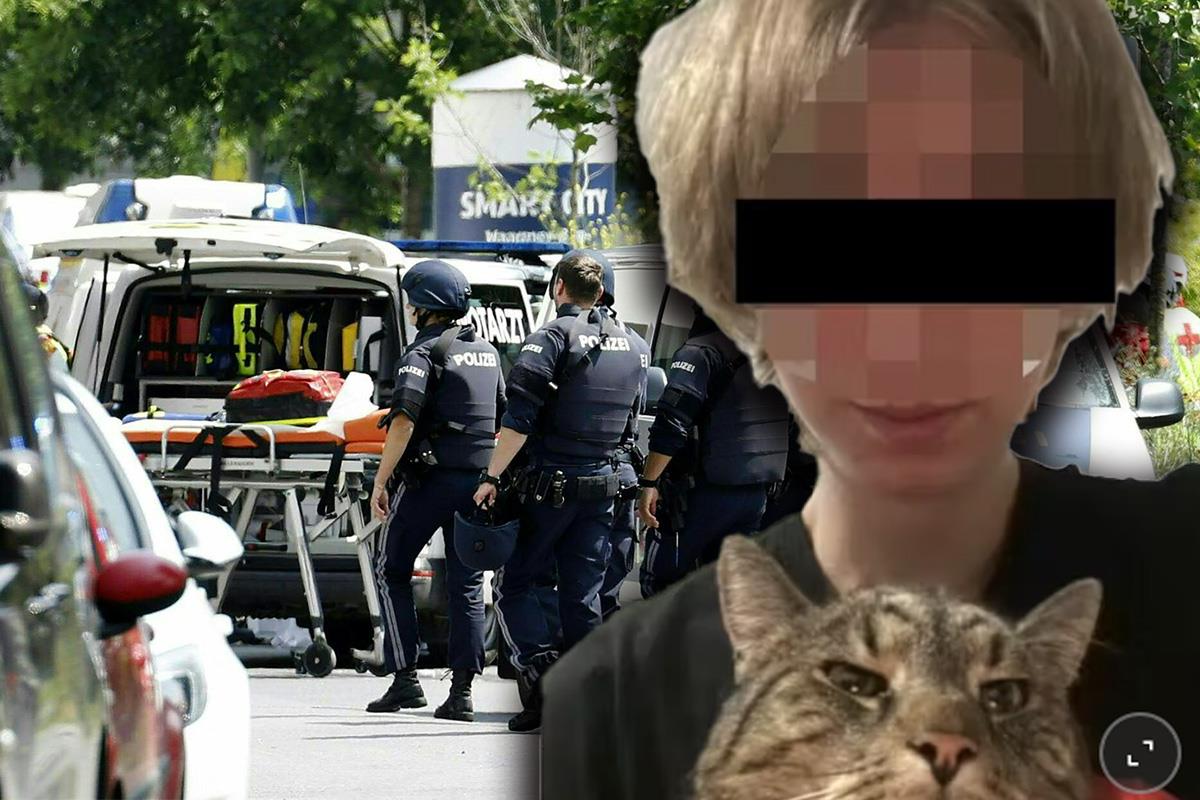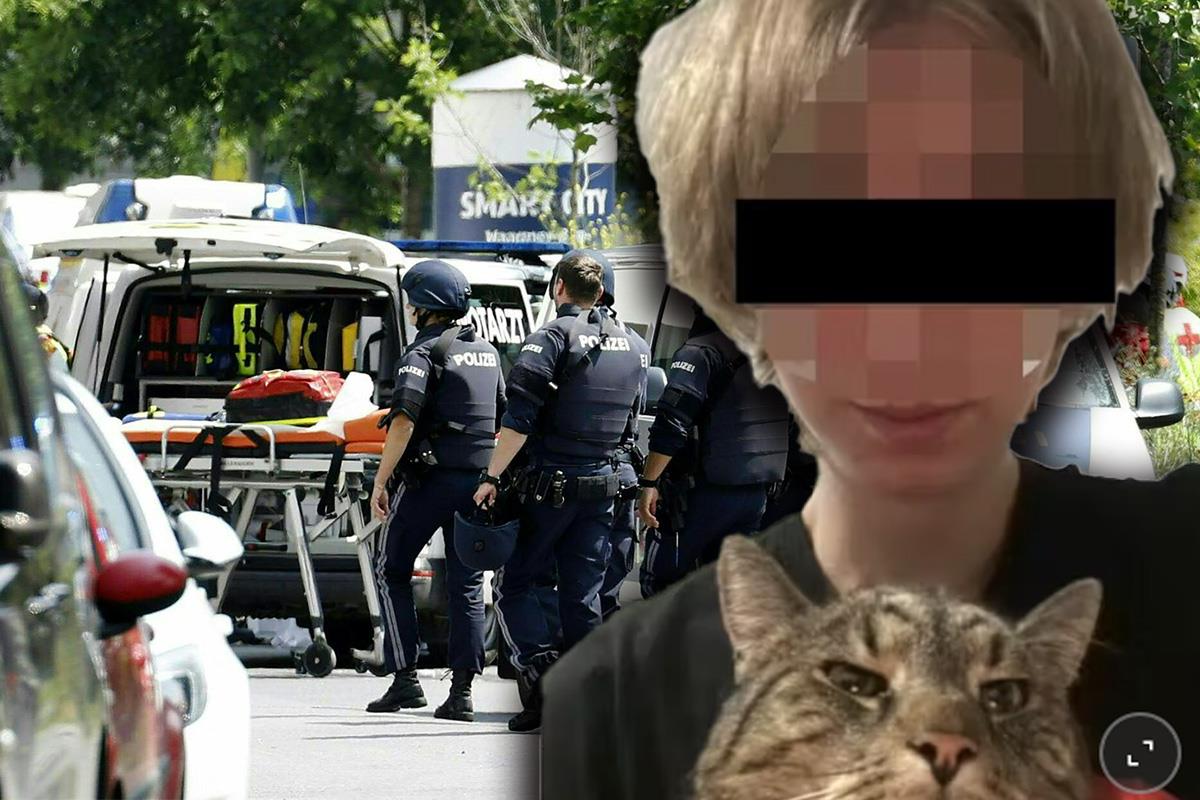The school massacre in Graz was committed by Artur A., a 21-year-old who lived with his mother and brothers in a quiet suburb. Artur was a shy and withdrawn young man who attended computer science classes and a school for information communication technology but was not a good student and eventually dropped out. He legally owned a Glock pistol with which he killed ten people, including nine students and a teacher. During a search, police found a non-functional bomb and plans for a bombing attack. Artur claimed he was bullied at school and left a farewell video for his family. This tragic event shocked Styria and attracted widespread media attention.
Political Perspectives:
Left: Left-leaning outlets focus on the social and psychological background of the perpetrator, emphasizing issues such as bullying, mental health, and the need for better support systems in schools. They highlight the tragedy as a symptom of broader societal problems and call for reforms in education and gun control.
Center: Center-leaning media report the facts of the incident with a focus on the timeline, the perpetrator’s background, and the official responses. They provide balanced coverage including police statements, victim information, and community reactions, aiming to inform without heavy editorializing.
Right: Right-leaning sources emphasize law and order, the legal possession of firearms by the perpetrator, and the need for stricter security measures in schools. They may also focus on the perpetrator’s personal responsibility and the importance of addressing violent behavior decisively.

















